Written by: Roshan Dwivedi
The popularity of Video On Demand viewing with a high social quotient is exponentially increasing. Real-time sports, reality shows, dramas, sitcoms, and children’s programs are amongst the most popular genres in social television today. This leads to a series of competitive scenarios between all the major players, including content providers, content packagers, software and solutions companies, device manufacturers, technology companies, network operators, and advertising companies. Companies and broadcasters are in the process of revamping their offerings to cater to the shift of linear broadcast becoming smaller as the majority of material becomes on-demand.
Despite the ambitious growth claims for VOD from several rating and monitoring agencies, VoD has its share of challenges that will threaten its viability and may saturate its growth percentage after a period of time. The five most crucial factors that pose challenges for on-demand viewing are :-
- Advertisements: Implementing VoD ad insertions has not been perfected it and most networks are not willing to be disruptive without the right preparation. In the case of cable, the delivery of VOD ads is at the hands of cable companies. With set-top boxes, there is a need for a constraint for dynamic VOD advertising for the standardization across set-top boxes. Another challenge is the fact that embedded commercial inventories typically last a month- which means advertisers have to wait out a long time period before being able to remove an ad that isn’t faring well.
- Content: Companies have to keep in mind that consumers are on the prowl for better content discovery through their friends using social TV and second screen apps. After the conversion from analog-to-digital television broadcasting went underway, smart TVs by manufacturers such as Samsung and Sony quickly gained popularity for allowing users to make use of the built-in Wi-Fi to chat with friends on Facebook or conduct searches while watching a program.
- True Multiplatform Presence: Viewers today want infinite control over their video consumption. The accessibility of content over varieties of platforms has been one of the key factors in driving VoD growth. The lack of providing content over second and third screens can hinder the growth prospects.
- Engagement: Social programming has led to the runaway successes of VoD shows like House of Cards and Game of Thrones. It’s crucial that programmers will have to engage viewers through promos and trailers to keep the buzz on for their content. Lack of it will mean tumbling ratings and viewers moving away to more abuzz content.
- Technology: Platforms will need to re-discover themselves once in a while with UI changes, library reclassifications, better content security practices and hassle-free streaming. Netflix recently ditched its carouse UI, after years of research, to refine further its content discovery for viewers.
VoD has hit the overdrive since 2013, with its primetime broadcast up by 22% as per Rentrak. If the writing on the wall is to be considered here, linear broadcast is on its last leg and VoD is preparing to replace it at a very rapid rate. Keeping a cue of the above mentioned factors willmake life easier for both platforms and customers alike.
In case you have been thinking about distributing your content digitally with a VoD Platform with industry grade content security, world class delivery engine and DIY content management system, look no further because that’s what we do at Muvi. The OTT video on demand platform builder that monetizes your video content with its array of revenue models, in hours.
Signup for a 14-Days FREE trial and take a test drive of the one of a kind VoD Platform builder and maximize your content’s potential with Zero Startup Fee.
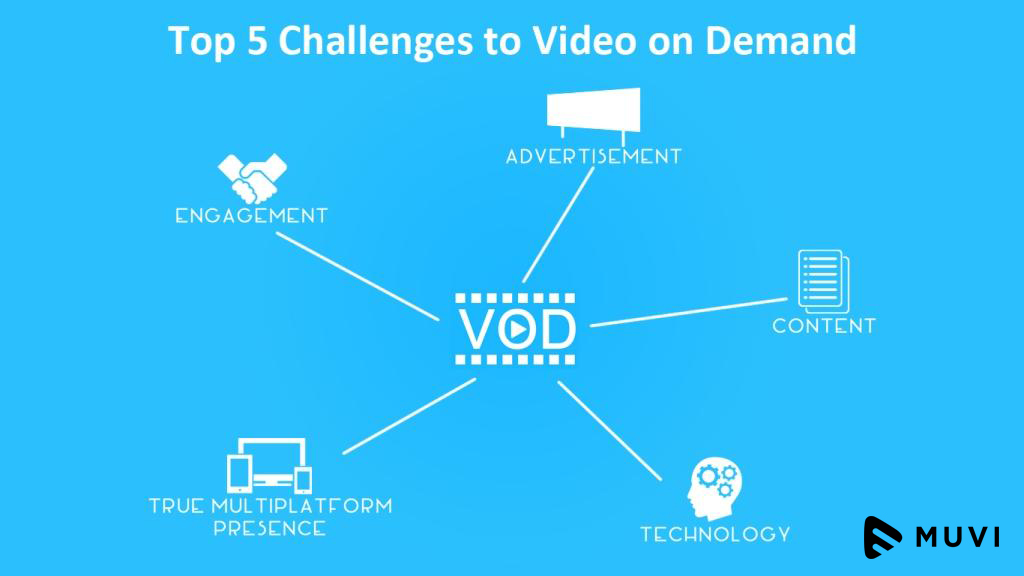

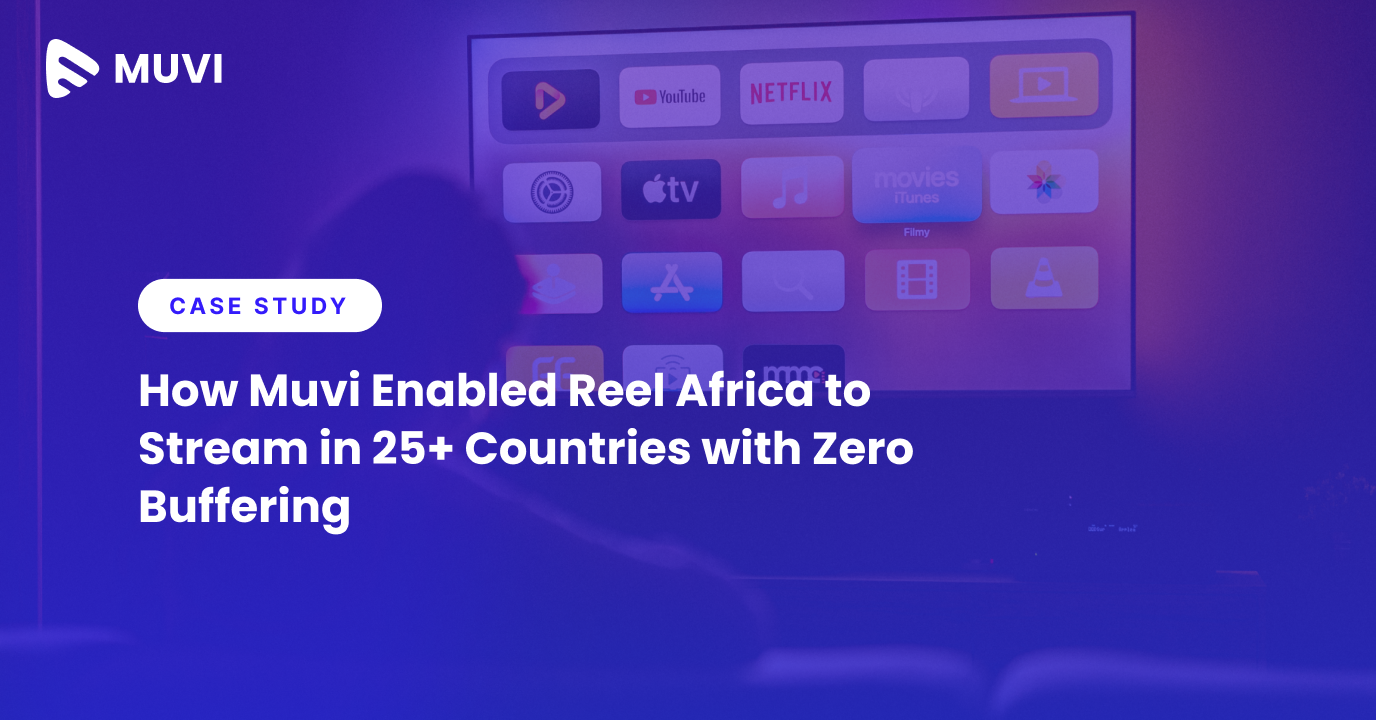

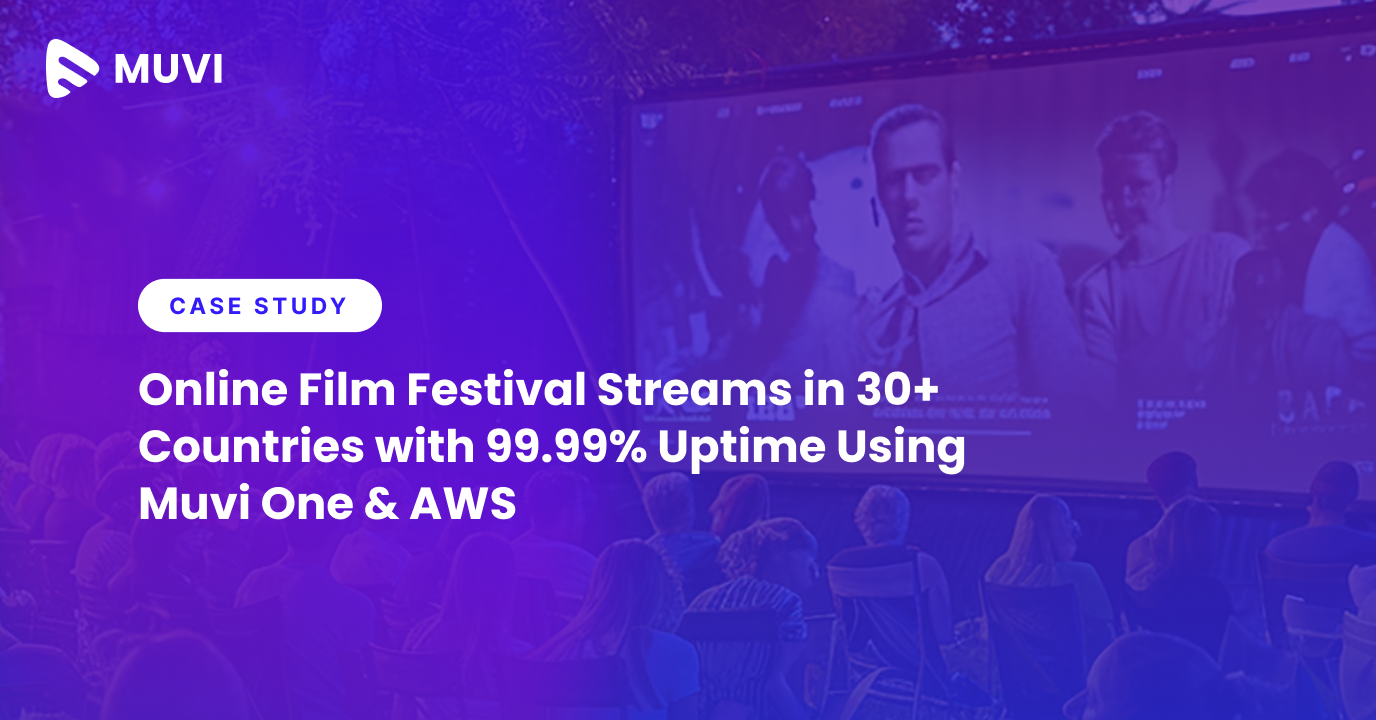





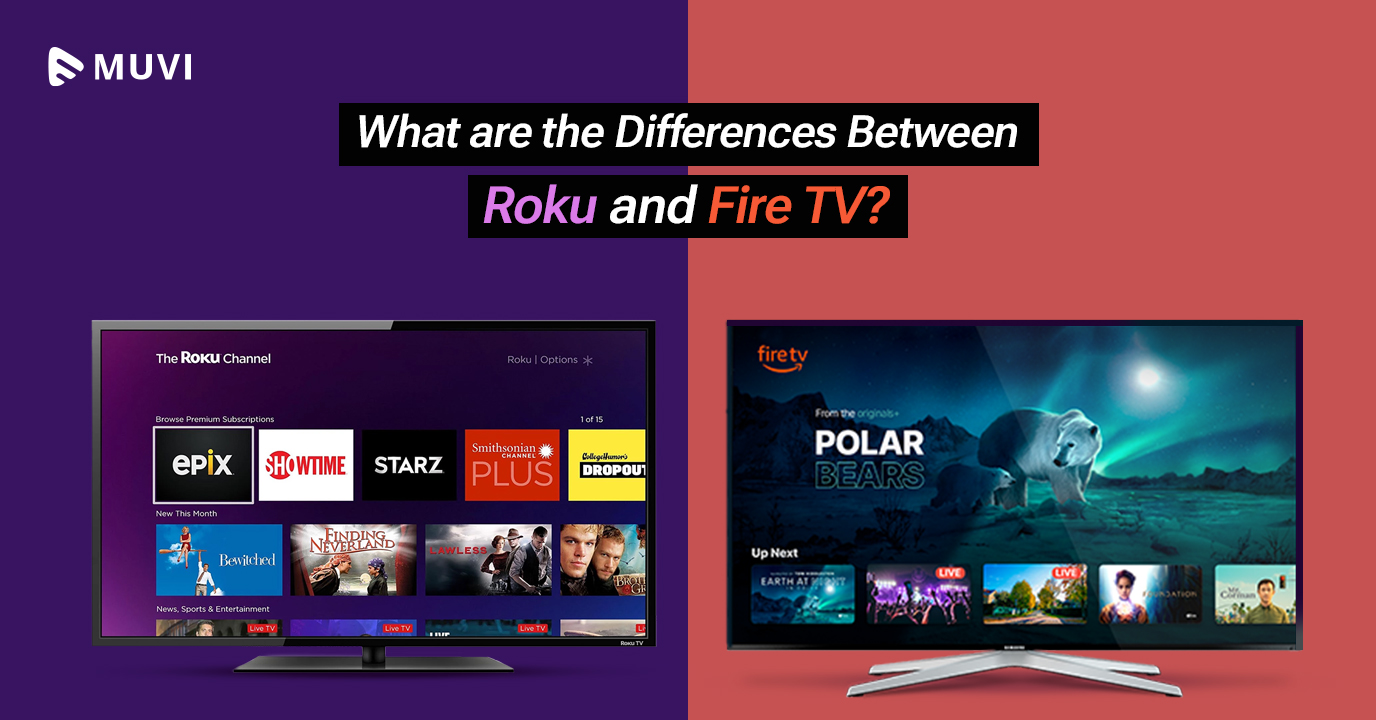
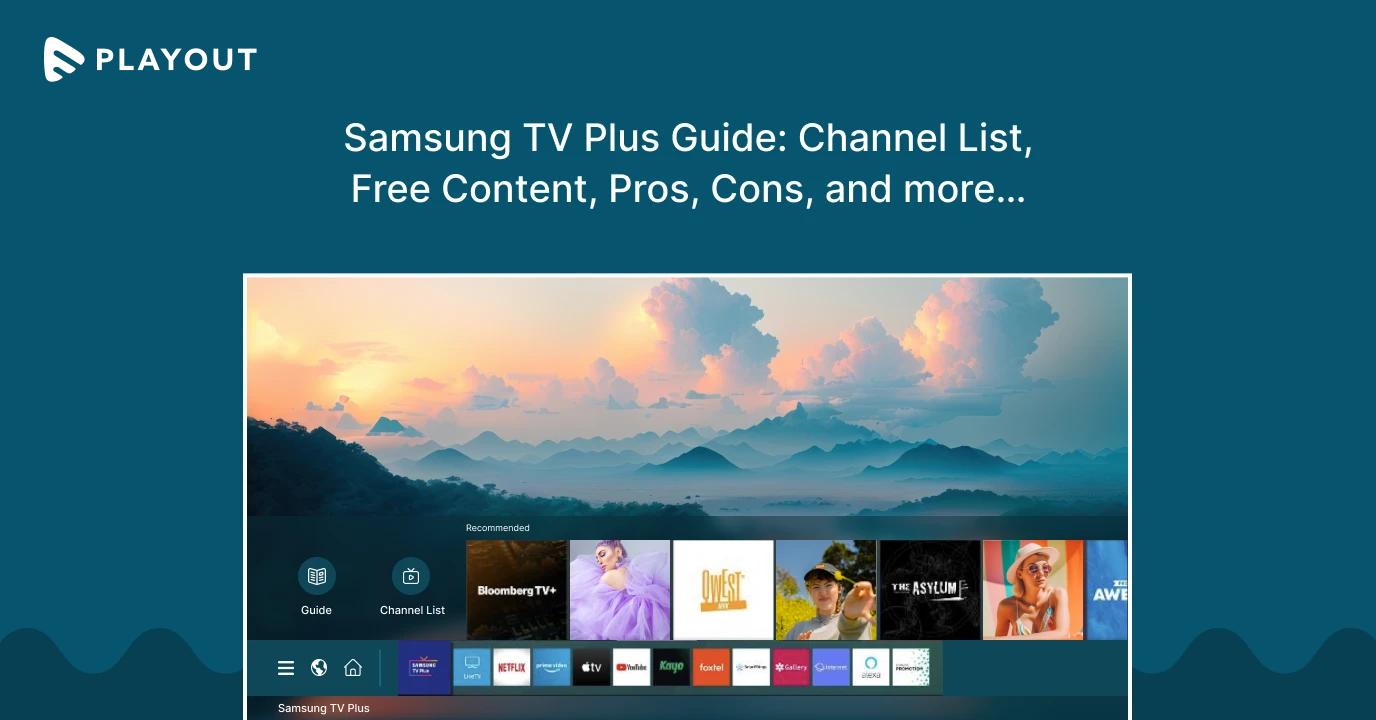



Add your comment